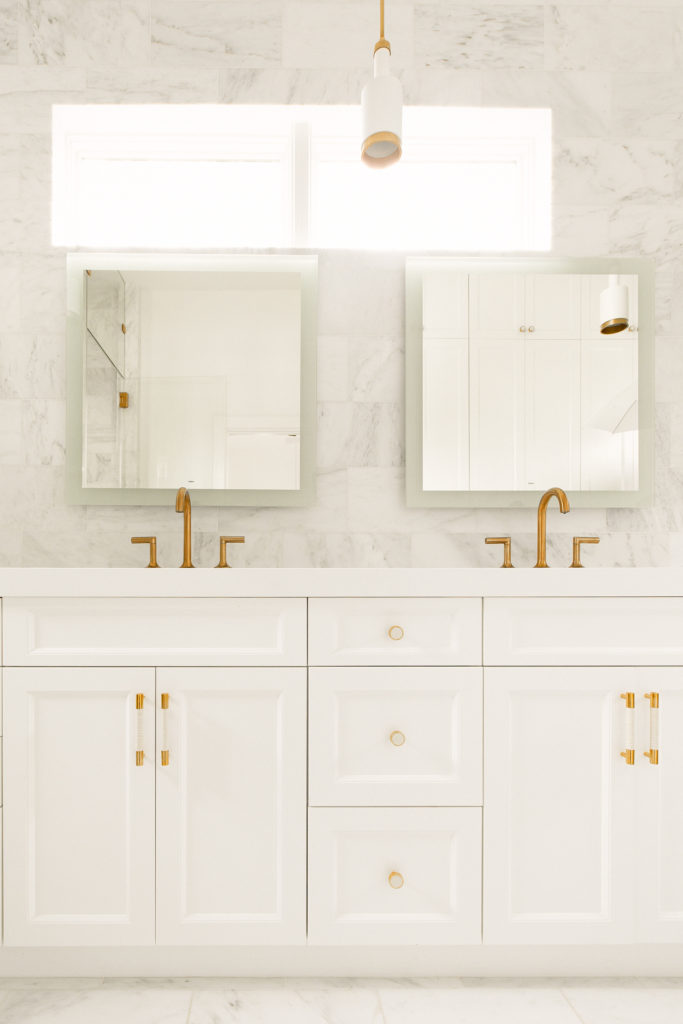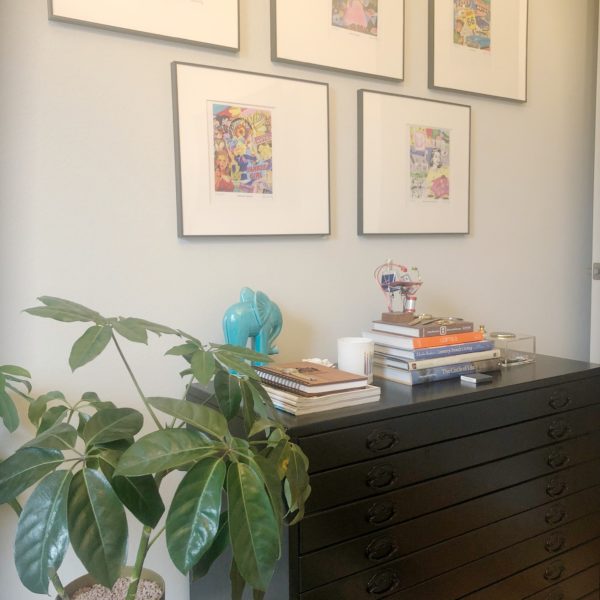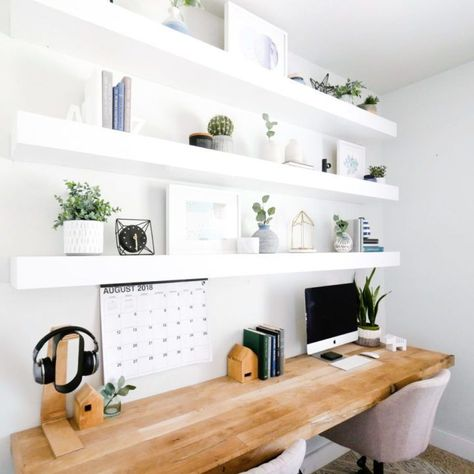It’s always a pleasure to collaborate with like minded professionals. Matt Lee, a respectable interior design blogger was kind enough to share a few of his tips on bathroom design. Read below to learn more and check out his website for more ideas!
If you follow business news at all, you are probably very familiar with the challenges and opportunities created by the continued exodus of the Baby Boom generation from the workforce into retirement.
Real estate has not been exempt from this movement, as homes with aging in place features–those characteristics that allow residents to enjoy full comfort and functionality of their home as they move through their retirement years–have been among the hottest sellers in a generally strong market. This is an especially relevant consideration for those in the Austin area, as Texas trails only Florida and California for most residents over the age of 65.
Therefore, if you are planning a bathroom remodeling project, consider some creative aging in place design ideas to help maximize your home’s marketability.
1. Add a Wooden Shower Seat to be Featured in an Open Design

Shower seats are one of the most straightforward ways to add aging in place features to your bathroom. As most in-home accidents occur in the bathroom–with the majority of these taking place in the shower–any measures that can increase comfortability and decrease the risk of slipping while showering will appeal to an aging market.
The downside to most traditional shower seats is that, while functional, they are not very visually pleasing. The plastic-fold up models that are the prevalent choice in many bathrooms are best left behind a shower curtain and have no place in modern designs.
As a contemporary trend in shower design has seen the use of partially-spanning glass walls that use a doorless opening for entrance and exit, there is really no hiding what’s in the shower, so it is best to have a shower seat of which you can be proud. Wooden stools and crafted wooden benches are rustic pieces that add an element of decor to the space while maintaining the functionality of a traditional shower stool.
2. Install No-Slip Tile and Matching Countertops
Sticking with the theme of slipping and bathroom accidents, it is important to lay down no-slip tile as part of your aging in place bathroom.
If you are concerned that the functionality of no-slip tile will be difficult to pull off in your newly renovated bathroom, look into matching it with your new countertop choice to pull off a seamless effect. There are numerous designs for countertops made of quartz that can not only effectively complement your bathroom tile, but their nonporous fabrication streamlines the cleaning process–a major benefit to aging residents.
3. Adorn the Bathroom with Elegant, Custom Fixtures

While fixtures such as drawer pulls, cabinet knobs, and sink handles are an essential component of interior design, their significance is magnified as part of an aging in place strategy, as seniors are likely to value large, ergonomic fixtures that can enhance the ease-of-use.
In addition, a custom handrail selection should be prominently featured in both the shower and around the toilet to aid residents in crouching and rising. Popular choices such as brass and stainless steel go well with a variety of designs, from modern to industrial, and can seamlessly add yet another aging in place safeguard to your bathroom while also enhancing the aesthetics of the space.
Conclusion
If you own a home in the Austin area and are planning a bathroom remodeling project, give serious consideration to trendy aging in place ideas. With a large population of senior residents, Texas may be set for an influx of retirees looking for a home in which to live out their golden years, with features such as wooden shower seats, no-slip tile, and customized bathroom fixtures going a long way toward appealing to this market.
Matt Lee is the owner of the Innovative Building Materials blog and a content writer for the building materials industry. He is focused on helping fellow homeowners, contractors, and architects discover materials and methods of construction that save money, improve energy efficiency, and increase property value.



Leave a Reply